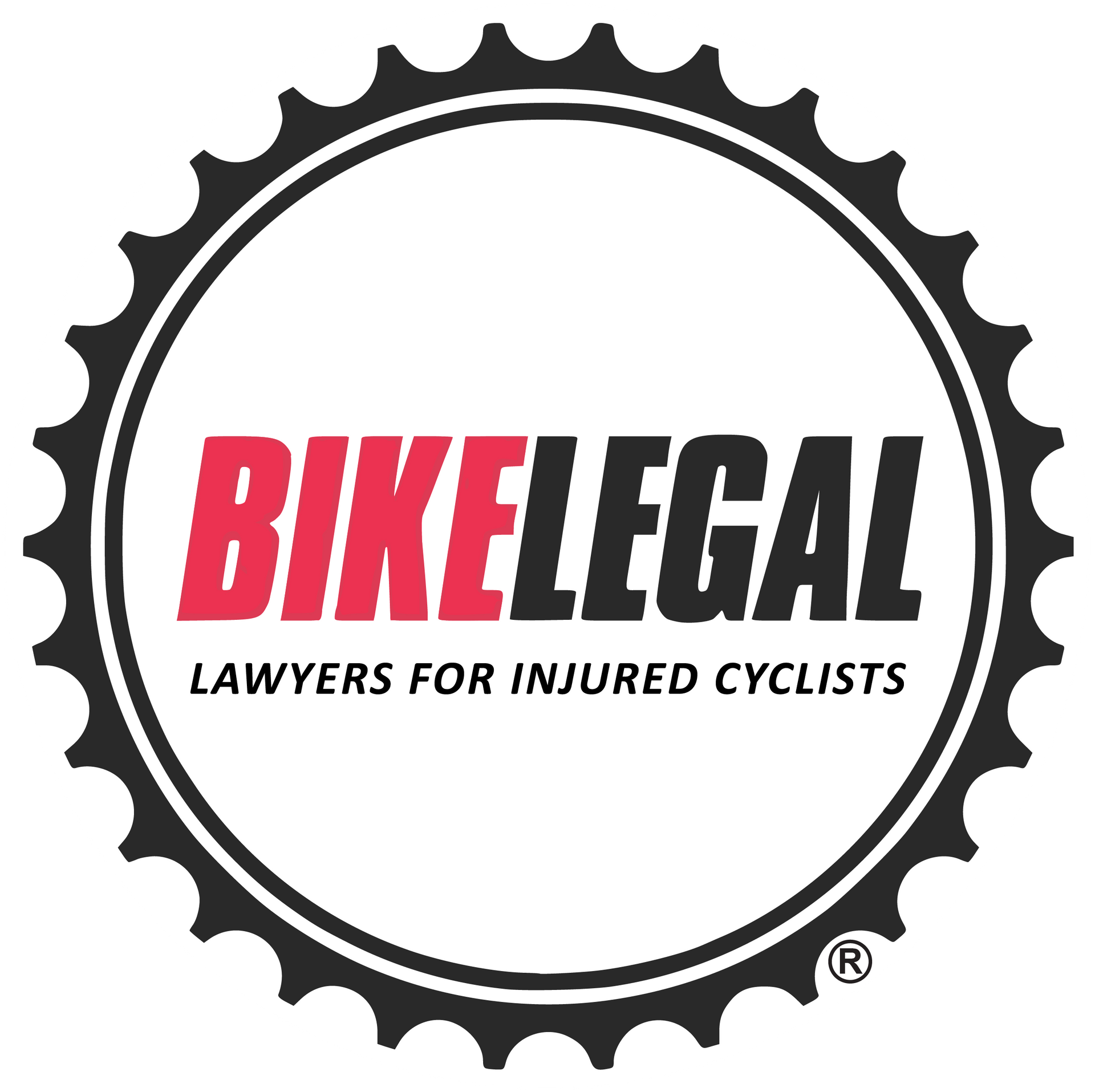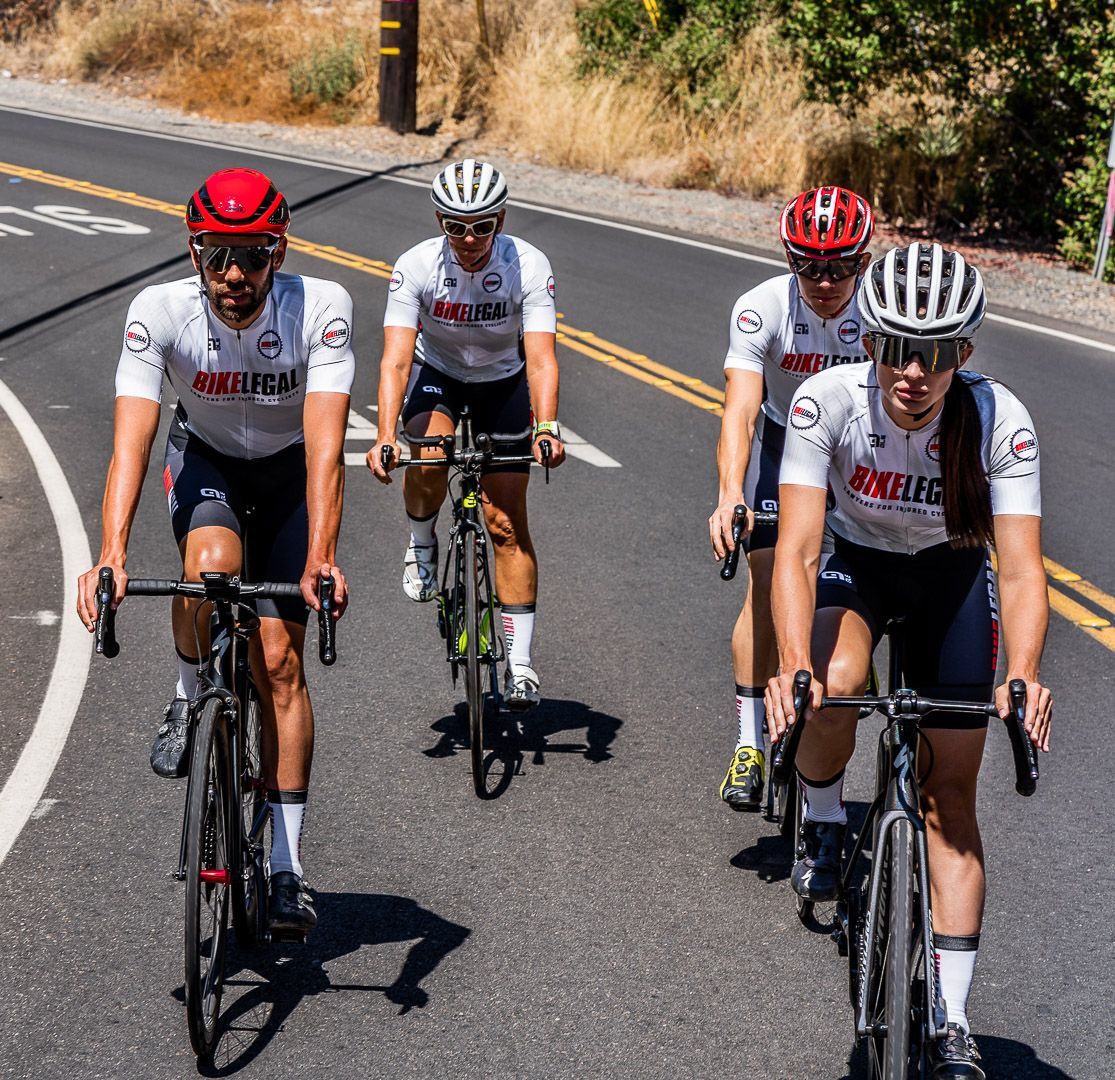"Hit-and-Run" Bicycle Accidents & How to Pursue Legal Action
Follow us on
social media!
"Hit-and-Run" Bicycle Accidents & How to Pursue Legal Action
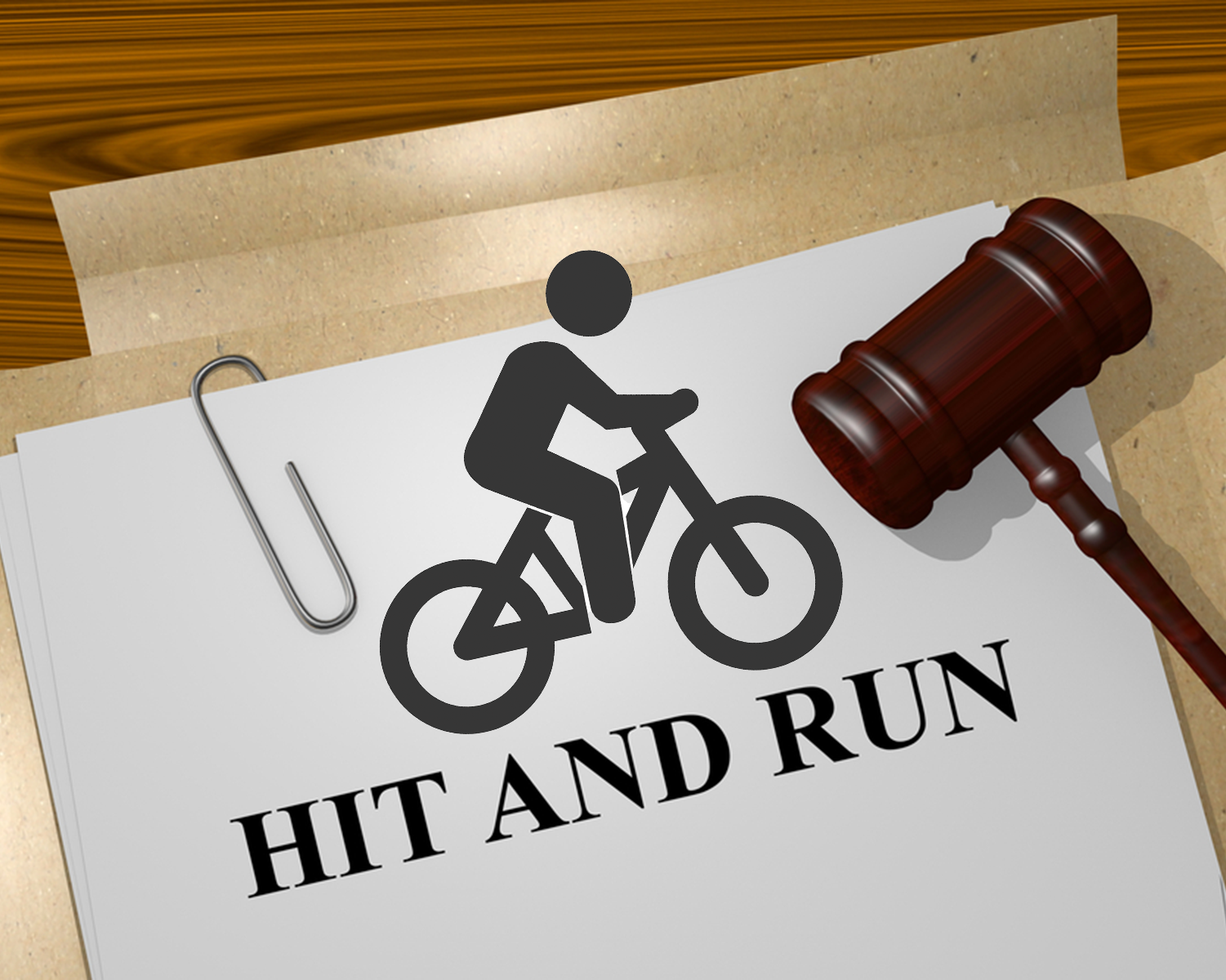
"Hit-and-run" incidents involving bicycles are not only traumatic but also legally complex, leaving victims to navigate both their recovery and the justice system. As cyclists often face severe physical injuries and emotional distress, understanding the legal framework and the rights available to them is crucial.
This article explores the nuances of "hit-and-run" bicycle accidents, offering guidance on how to effectively pursue legal action. We will delve into the necessary steps to report the incident, gather critical evidence, and identify the legal options that empower cyclists to seek compensation and justice for the harm they have endured.
In this guide, we'll navigate through:
- Immediate steps to take post-accident
- How to legally stand your ground
- Gathering evidence like a pro
- The ins and outs of filing police reports and claims
Steps to Take After Being Involved in a Hit and Run Bicycle Accident
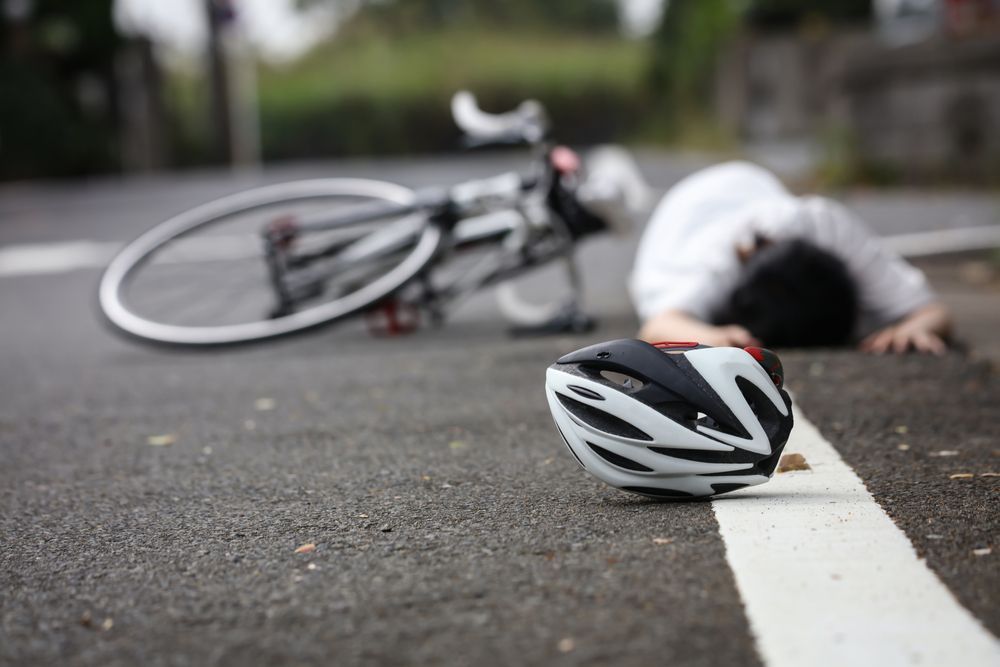
The recent NHTSA Overview of Motor Vehicle Traffic Crashes in 2022 reported that 1,105 cyclists were killed in 2022. This new 2022 statistic now includes electric bicycles which were previously counted as motorists and motor vehicles. Additionally, over 46,000 bicyclists were injured in motor vehicle collisions in 2022.
Sadly, a significant number of these incidents involve hit-and-run drivers, leaving victims feeling vulnerable and seeking justice. If you become a victim of a hit-and-run bicycle accident, it is imperative to take immediate steps to secure both your safety and your legal rights.
Stay at the Scene and Assess Injuries: After a hit-and-run bicycle accident, remain at the scene and check for injuries, as shock can mask pain.
- Gather Evidence and Information: Treat the accident scene as crucial for evidence gathering. Take photos of your injuries, bike, and surroundings, including any vehicle debris. Note down details of the vehicle involved and gather contact information from any witnesses, as this information is vital for legal and authority use.
- Eyewitness Accounts: Eyewitnesses provide objective perspectives and additional details. Collect their contact information as their testimony can strengthen your case significantly.
- File a Police Report: Despite seeming tedious, a police report is essential. It serves as the official record of the incident, crucial for holding the responsible party accountable and for automobile insurance claims. Bike Legal offers guidance in these situations, understanding both the legal and personal aspects of such incidents.
- Medical Attention: Immediate medical attention is crucial for your health and also for documenting the injuries, linking your injuries to the incident. These records are important for insurance and legal proceedings.
Legal Advice for Handling a Bike Accident Hit and Run Case
Navigating the aftermath of a bike accident hit and run can be a daunting journey filled with uncertainty and frustration. However, armed with the right legal and strategic advice, you can steer this challenging situation towards a resolution that upholds your rights and helps secures the maximum compensation that you deserve.
Consult with a Bicycle Accident Personal Injury Attorney

In the maze of legal procedures following a hit and run, a personal injury attorney isn't just your guide; they're your advocate. Representing you in hit-and-run cases means they bring not just legal expertise but a nuanced understanding of the challenges specific to cyclists. They're your frontline in battling for justice.
The Benefits: A bicycle accident attorney can navigate the complexities of the law, ensuring that every legal avenue for compensation is explored. They can dissect the intricacies of insurance policies, often uncovering coverage you might not know you had. With legal representation, cyclists can see an increase in compensation, significantly impacting the outcome of their case.
Pro Tip: When selecting an attorney, look for someone who not only specializes in bicycle accident personal injury but also has a track record with hit-and-run bicycle accident cases. Their familiarity with cycling laws and the common injuries sustained can make a substantial difference in your case.
Pursue a Claim or Legal Action
After a hit and run, you're faced with two main avenues: pursuing an insurance claim and taking legal action. Here's how to navigate each:
Filing an Insurance Claim: This is often the first step in seeking compensation. If the hit-and-run driver remains unidentified, your uninsured motorist coverage might come into play. A 2019 report from the Insurance Research Council revealed that 1 in 8 drivers in the U.S. is uninsured, highlighting the importance of this coverage for cyclists who ride their bicycles on the road.
Taking Legal Action: If the driver is identified or if insurance compensation is insufficient to recover compensation, legal action may be necessary to seek compensation. This involves filing a lawsuit against the driver, a process complicated with legal intricacies.
Key Steps in Legal Action:
- Investigation: Gathering all evidence, from accident scene photos to medical records and witness statements.
- Filing the Lawsuit: Officially starting the legal process by filing a complaint in the appropriate court.
- Discovery: Both parties exchange information, further investigating the facts of the case.
- Negotiation: Before going to trial, there's often an attempt to settle the case through mediation or direct negotiation.
- Trial: If a settlement isn't reached, the case goes to trial, where a judge or jury will determine the outcome.
According to the Bureau of Justice Statistics, only about 4-5% of personal injury cases in the U.S. go to trial. The vast majority are settled out of court, often resulting in faster compensation for the victim.
The road to recovery and justice after a hit-and-run can be long and filled with obstacles. But with the right legal team by your side, you can navigate this journey with confidence. Remember, it's not just about the compensation; it's about holding negligent drivers and parties accountable and making the roads safer for every cyclist.
The Role of Bike Legal in Your Case: We don't just understand the legal landscape; we live the cyclist's life. Our dual expertise means we approach your case with a depth of understanding unmatched by generalist firms. We're not just fighting for a settlement in a personal injury lawsuit; we're advocating for a fellow cyclist's right to safety and justice on the road.
How we add value:
- Specialized Expertise: Our focus on bicycle accidents means we're adept at uncovering nuances that can turn the tide in your favor.
- Comprehensive Support: From the initial consultation to the resolution of your case, we're with you every pedal of the way.
- Maximizing Compensation: We leverage our expertise to ensure your compensation covers not just the immediate expenses but also the impact long term, from ongoing medical care to potential changes in your lifestyle.
- Expert Legal Guidance: We provide clear, actionable advice on how to proceed legally, tailored to the specifics of your case.
- Insurance Negotiations: Our team is adept at dealing with insurance companies, advocating for your rights to ensure you receive fair compensation for your injuries and damages.
- Comprehensive Case Building: From gathering evidence to consulting with medical experts, we leave no stone unturned in building a compelling case on your behalf.
Document and Preserve Evidence
Every piece of evidence, no matter how small, can contribute to the bigger picture of your case. Here's how to secure it:
- Photographic Evidence: Take pictures of everything — your injuries, your damaged bike, the accident scene, and any debris or skid marks. Photos can speak volumes about the circumstances surrounding the crash.
- Surveillance Footage: Many accidents happen within view of security cameras. Check for cameras on nearby buildings, homes, traffic lights, or ATMs. Obtaining this footage can provide irrefutable evidence of the hit and run and aid in the identification of the suspect.
- Physical Evidence: Keep everything related to the accident, including damaged clothing and bike parts. These items can serve as tangible proof of the severity of the collision's impact.
- Medical Records: Document every medical visit, treatment, and diagnosis related to your injuries. These records form a direct link between the accident and your physical condition.
Pro Tip: Act quickly. Memories fade, and the sooner you reach out, the clearer the details will be in witnesses' minds. Keep evidence in its original state. Avoid repairs or alterations until everything has been thoroughly documented.
The Role of Bike Legal in Evidence Gathering: We understand the critical nature of evidence in hit-and-run cases. Our expertise extends beyond the courtroom; we're adept at uncovering and preserving the evidence that can make or break your case.
- Expert Investigations: We conduct thorough investigations, tapping into our network of professionals to locate witnesses and secure surveillance footage.
- Evidence Preservation: We guide you on how to safeguard evidence, ensuring it remains untampered and admissible in court.
- Strategic Use of Evidence: We know how to leverage evidence effectively, presenting it in a way that maximizes its impact on your case.
- Real-World Impact: Our approach has led to the successful resolution of numerous cases, turning seemingly insurmountable challenges into victories for our clients.
Identifying witnesses and preserving evidence might seem like a daunting task in the chaos following a hit-and-run. However, with the right strategies and a dedicated legal team like Bike Legal by your side, these crucial steps can be navigated smoothly.
Remember, the evidence you secure today can be the cornerstone of your case tomorrow, paving the way for the justice and the compensation you deserve. If you're facing the aftermath of a hit-and-run, don't go it alone — let us help you build your case on solid ground.
Filing a Police Report and Pursuing a Claim
The moments following a hit-and-run can be a whirlwind of emotions and confusion. Yet, amidst the turmoil, two critical steps stand out: filing a police report and understanding the pathway to legal action. These initial steps are not just procedural; they lay the groundwork for justice and compensation.
- Ensure Safety First: Before anything else, ensure you're out of danger and have received necessary medical attention.
- Contact the Police Immediately: Time is of the essence. Contact the police immediately to report the hit and run. The sooner the report is filed, the fresher the details and the higher the chance of collecting valuable evidence.
- Provide Detailed Information: When the police arrive, be ready to provide a comprehensive account of the incident. Include your location, time, any details about the vehicle or driver, and the direction they headed after the incident.
- Collect Officer Information: Get the names and badge numbers of the officers taking your report, as well as the report number. This will be crucial for follow-up and insurance claims.
- Request a Copy: When it is available, always ask for a copy of the police report for your records. This document is pivotal for insurance claims and the legal processes.
- Stat to Know: According to NHTSA's 2020 annual traffic crash data, the estimated number of police-reported crashes decreased by 22% compared to the previous year, while fatalities in hit-and-run crashes increased by 26%. This data underscores the significance of prompt police reporting in aiding the resolution of hit-and-run cases. Far too many incidents go unreported.
Pursuing a Claim or Legal Action
With the police report in hand, the next steps unfold towards claiming compensation or initiating legal action.
- Navigating Insurance Claims: Even if the driver isn't identified, your uninsured motorist coverage can be a lifeline. It's designed for such scenarios, covering your medical expenses and potential injury compensation. Remember, insurance companies may not always have your best interests at heart. This is where legal expertise becomes invaluable.
- When to Consider Legal Action: The best course of action is to contact a reputable bicycle accident lawyer immediately as time is of the essence when dealing with hit and run incidents. A quick call for a free consultation will help determine if you have a potential case. This isn't just about compensation; it's about accountability and setting a precedent for cyclist safety.
- How Does Bike Legal Play Its Role? We've been down this road many times. We know the ins and outs of both the auto insurance and legal realms. Our expertise isn't just in law; it's in ensuring cyclists like you get the justice and support you deserve.
From filing that initial police report to navigating the complexities of insurance claims or courtrooms, Bike Legal handles it all. We're not just attorneys; we're advocates for the cycling community, dedicated to ensuring your rights are protected and your voice is heard. If you're at a crossroads after a hit and run, contact us and let us guide you through to the resolution you deserve.
Request a free consultation by calling 877-BIKE LEGAL (877 245-3534) or submitting a form.
Know Your Options
When you're the victim of a hit-and-run bike accident, the road to compensation can seem like a maze. Knowing your options and the processes involved is crucial for navigating this journey effectively. Let's break down the avenues available to you:
- Insurance claims
- Criminal penalties
- Civil lawsuits
Insurance Claims: The First Line of Defense
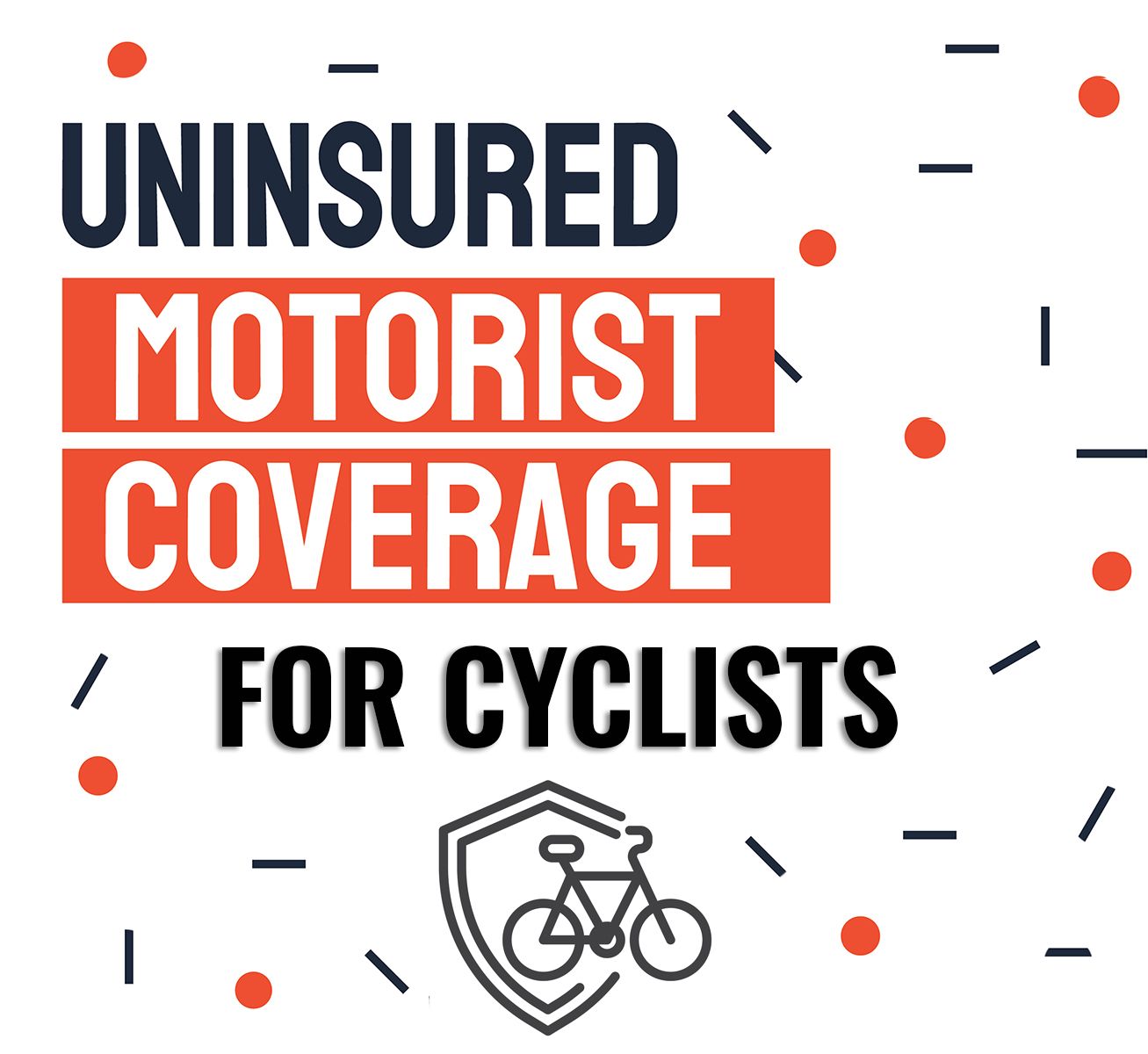
Insurance might not be the first thing on your mind post-accident, but it's a pivotal piece of the puzzle. Here's the rundown:
- Uninsured Motorist Coverage: This may be your safety net if the hit-and-run driver isn't found. It may cover medical expenses, lost wages, and even pain and suffering, depending on your policy.
- Personal Injury Protection (PIP): In some states, PIP coverage can offer immediate funds for medical bills, regardless of who's at fault.
Navigating insurance claims can be a minefield of policies and paperwork. That's where having seasoned companions like Bike Legal can make all the difference. We're adept at cutting through the red tape, ensuring your claim is taken seriously and pursued vigorously.
Civil Lawsuits: When Insurance Isn't Enough
Sometimes, the driver's insurance company coverage falls short. This is where civil lawsuits come into play.
- Filing a Lawsuit: If the driver is found, you can file a lawsuit against them for damages. This may include compensation for medical expenses, bicycle repairs, lost income, and even non-economic damages like pain and suffering.
- Negotiation and Settlement: Many civil lawsuits are settled out of court. This involves negotiating fair compensation with the defendant or their car insurance company.
- Going to Trial: If a settlement can't be reached, your case may go to trial, where a judge or jury will decide the outcome based on the evidence presented.
Each step in a civil lawsuit, from filing to potentially standing in court, demands legal expertise and strategic acumen. This is where Bike Legal shines. Our deep understanding of bicycle law, combined with a relentless commitment to our clients, ensures that your case is presented with the utmost precision and persuasiveness.
FAQs:
What is a Bicycle Hit and Run Accident?
A bicycle accident hit-and-run occurs when a vehicle collides with a cyclist and then leaves the scene without stopping to provide contact information, assist the injured, or report the accident to the authorities. This action is illegal and poses significant challenges for the victim, who may need critical information from the driver for insurance claims, medical compensation, and legal recourse.
Why is Uninsured Motorist (UM) and Underinsured Motorist (UIM) Coverage Critical for Hit-and-Run Bicycle Accident Incidents?
Uninsured Motorist (UM) and Underinsured Motorist (UIM) coverage are essential types of auto insurance that may protect you if you are involved in a hit-and-run bicycle accident where the at-fault driver either does not have insurance (UM) or does not have enough insurance to cover the damages caused (UIM). In many hit-and-run scenarios, the driver who fled the scene may never be identified, leaving the victim with no direct recourse against the driver for compensation. UM coverage steps in to cover medical bills, lost wages, and other related damages, ensuring that the cyclist receives the necessary financial support for recovery, even when the responsible party cannot be held accountable through normal legal channels. This coverage is particularly valuable for cyclists, who are more vulnerable to injuries in traffic incidents and might face significant medical expenses as a result.
What happens if you accidentally hit someone on a bike with your car?
If you hit a cyclist with your car, it's crucial to remain at the scene. Ensure the cyclist receives the necessary medical treatment and attention by calling emergency services as needed. Exchange contact and insurance information and cooperate fully with any police investigations. Leaving the scene can result in severe legal consequences, classifying the incident as a hit-and-run.
